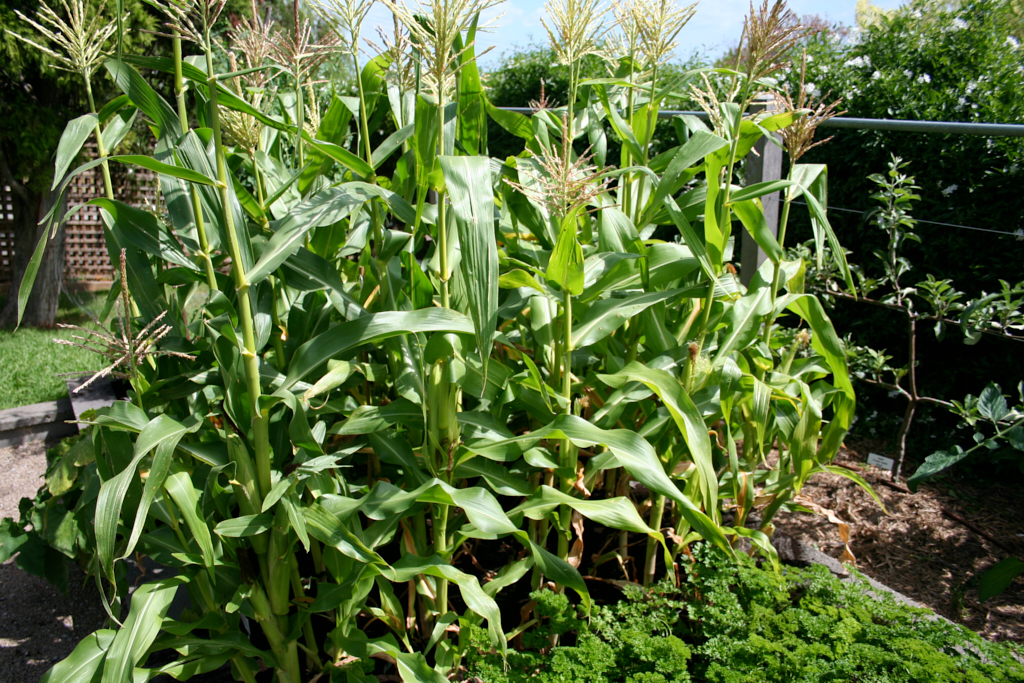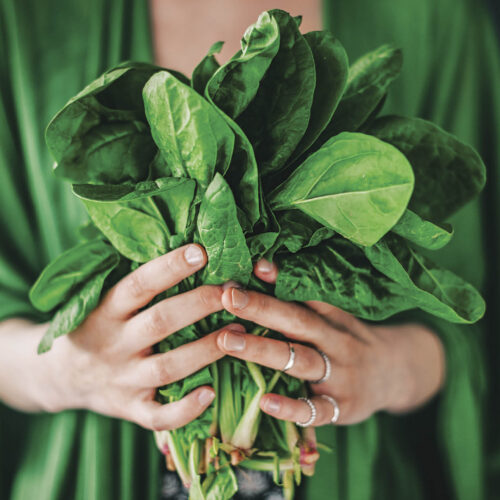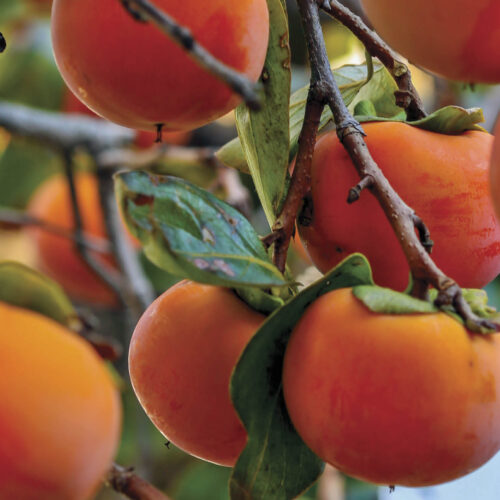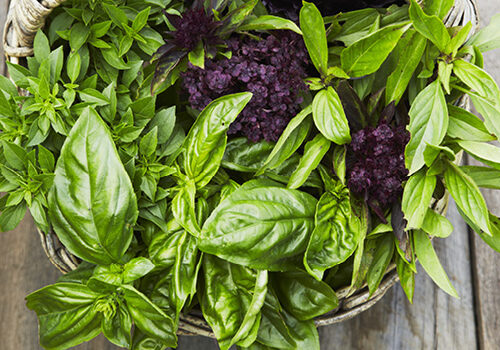Succulent sweet corn
2019-09-22T05:23:00+10:00
Put your water on to boil, says Penny Woodward, before picking your sweet corn.
I’m getting my garden bed ready to plant sweet corn. I know its early but it’s likely to be warmer again this year so I’m putting everything in a bit earlier.
Sweet corn and maize are types of Zea mays. Both are annual grasses that can grow up to 4 m with strong, upright stems. Kernels can vary in colour from white, yellow, red, purple and blue or combinations of all of these. Maize typically comes in a variety of colours and has much higher starch levels in its kernels making it suitable for corn flour (for making bread, cakes, polenta, tacos and more), stock feed and a range of starchy dishes like cachupa a traditional meal from North West Africa. Sweet corn has higher sugar levels that vary depending on the variety grown, and the length of time since harvest. New varieties being developed through breeding and genetic modification have much higher sugar levels and will keep for longer before the sugars start to break down. These are known as sugar enhanced and super sweet types.
Soil preparation
Soil preparation is really important for good sweet corn. It needs deeply dug soil, pH 5.5-7 with added compost, well-rotted manures and blood and bone, good drainage and as much sunlight as possible. Dig the manures in well, as much as a wheel barrow full for every square metre, water and leave to stand for a week or so before planting. Sow seed directly where it is to grow, or into biodegradable pots for later transplanting.
Planting
Corn does not like it’s roots disturbed so planting into punnets and later transplanting really sets back growth. Seed must be fresh, preferably only 12 months old, plant in blocks rather than single rows, spacing seed 25cm apart, in rows about 50cm apart (this will vary a little depending on the type grown). Sow seeds between 2 and 5cm deep, the warmer it is the deeper the seed should be planted. Always sow into moist soil and once the seed is planted and well-watered don’t water again until the green shoots appear as too much water can cause them to rot. Corn needs warm temperatures to germinate, so in cold and temperate regions plant early into biodegradable pots or into the ground from early November to mid-January when temperatures are consistently over 15ºC; in the sub-tropics sow from September to early March; and in the tropics sow seed all year, although fewer cobs are produced in wet, sultry summer weather.
Plant only one variety at a time as cross-pollination between different varieties can result in starchy, rather than sweet and juicy, cobs.
Caring for your corn
Once your corn is up and growing strongly water fortnightly with fish emulsion and seaweed extract. When plants are over 50 cm tall, mulch with more well-rotted manure and a good thick layer of pea or lucerne straw, 20 to 30 cm up the plant stems. This encourages the growth of stem roots that increase the ability of the plants to extract nutrients from the soil. Mulching also prevents weeds growing. If you do have a weed problem, don’t hoe them out as corn is shallow rooted and doesn’t like its roots disturbed. Just pull weeds by hand.
As plants approach their full height you will notice swellings in the stem, these indicate that flowers are about to appear and from this point on consistent watering is essential for good cob development. By following this feeding and watering routine, not only will the individual cobs be larger but you should get more cobs per plant
Pollination
Corn is wind and gravity pollinated with the pollen occurring in the spikey male flowers at the top of the plant. This pollen drops to the female flower silks below. Each fine silk thread that is fertilized represents one kernel in the cob. So if pollination is erratic, cobs will have patches where there are no kernels. You can improve pollination especially on very still days by gently shaking the male flowers.
Harvesting
When the silk shrinks and turns brown (about 18 days after the silk first appears) and the cob angles out more from the stem, it’s time to pick the cob. If you want to check for ripeness, carefully peel back a bit of the leafy sheath, and puncture a kernel, a milky liquid will come out. If it is watery it is too early, if there is no liquid it is too late. Once harvested the sugars in the cob start changing to starch, so eat as soon as possible. Traditionally you put the water on to boil, once it is boiling run to the garden and pick the corn, run back pulling off the leaves, put the corn straight in to the pot, cook and eat immediately! If you do need to store them for a while put them in the refrigerator.
I only grow open-pollinated cultivars like ‘Balinese’, ‘Golden Bantam’, ‘Hawaiian’, ‘Ontos Oval’ and ‘True Gold’.






